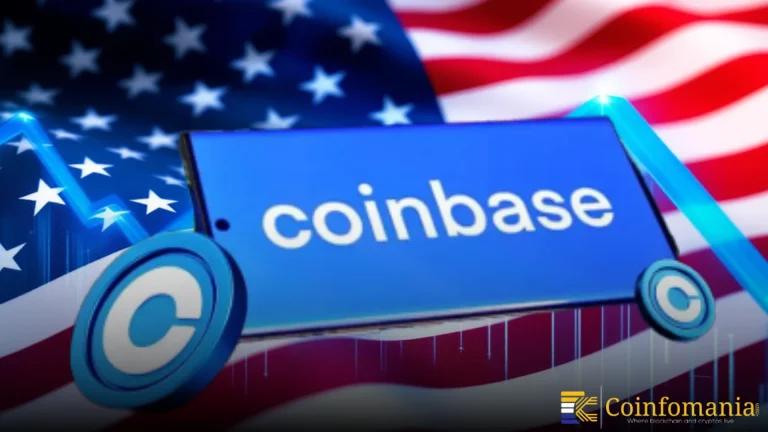Ethereum’s ZK-Powered Bridges Revolutionize Cross-Chain Liquidity: Connecting Cosmos, Solana, and Bitcoin L2s
Ethereum's ZK-powered bridges are transforming cross-chain liquidity by seamlessly connecting Cosmos, Solana, and Bitcoin L2s, enhancing scalability and reducing fragmentation.

Quick Take
Summary is AI generated, newsroom reviewed.
ZK-powered bridges enable secure, trustless cross-chain asset transfers between Ethereum, Cosmos, Solana, and Bitcoin L2s.
These bridges address liquidity fragmentation, fostering a more interconnected blockchain ecosystem.
Users can leverage the strengths of multiple blockchains without relying on centralized exchanges.
Ongoing development is essential to address scalability and gas fee considerations associated with ZK-SNARK implementations.
Ethereum’s ZK-Powered Bridges: A Game Changer for Cross-Chain Liquidity
Ethereum’s integration of Zero-Knowledge (ZK) technology into cross-chain bridges is setting a new standard for blockchain interoperability. These ZK-powered bridges enable seamless connections between Ethereum and other major blockchains like Cosmos, Solana, and Bitcoin Layer 2 solutions, addressing the longstanding issue of liquidity fragmentation across ecosystems.
By utilizing ZK-SNARKs, these bridges ensure secure and efficient transfer of assets without compromising privacy or decentralization. This advancement allows users to move assets across chains with minimal trust assumptions, reducing reliance on centralized intermediaries and enhancing the overall security of cross-chain transactions.
Impact on Blockchain Ecosystems
The ability to bridge assets between Ethereum, Cosmos, Solana, and Bitcoin L2s opens up new avenues for liquidity and application interoperability. For instance, users can now leverage Ethereum’s robust DeFi ecosystem while utilizing Solana’s high-speed transactions, or tap into Cosmos’ interoperability features, all without the need for centralized exchanges.
This interconnectedness fosters a more cohesive blockchain ecosystem, where assets and data can flow freely across chains, enabling more complex and diverse decentralized applications. It also promotes a more inclusive financial system by lowering the barriers to entry for users across different blockchain networks.
Challenges and Considerations
While ZK-powered bridges offer significant advantages, they also come with their own set of challenges. The complexity of implementing ZK-SNARKs and ensuring their scalability across multiple chains requires continuous development and optimization. Additionally, users must be aware of potential gas fees associated with bridging assets, which can vary depending on network congestion and the specific chains involved.
Despite these challenges, the benefits of enhanced interoperability and reduced liquidity fragmentation present compelling reasons for the continued development and adoption of ZK-powered cross-chain bridges.
Follow us on Google News
Get the latest crypto insights and updates.
Related Posts

Goldman Sachs Buys $1.7 Billion in Bitcoin ETFs, Signaling a Major Wall Street Shift
Vandit Grover
Author

Cardano clears a critical governance hurdle with renewed on-chain authority
Vandit Grover
Author

Coinbase Lawsuit Sparks High-Stakes Battle Over Prediction Market Regulation
Vandit Grover
Author